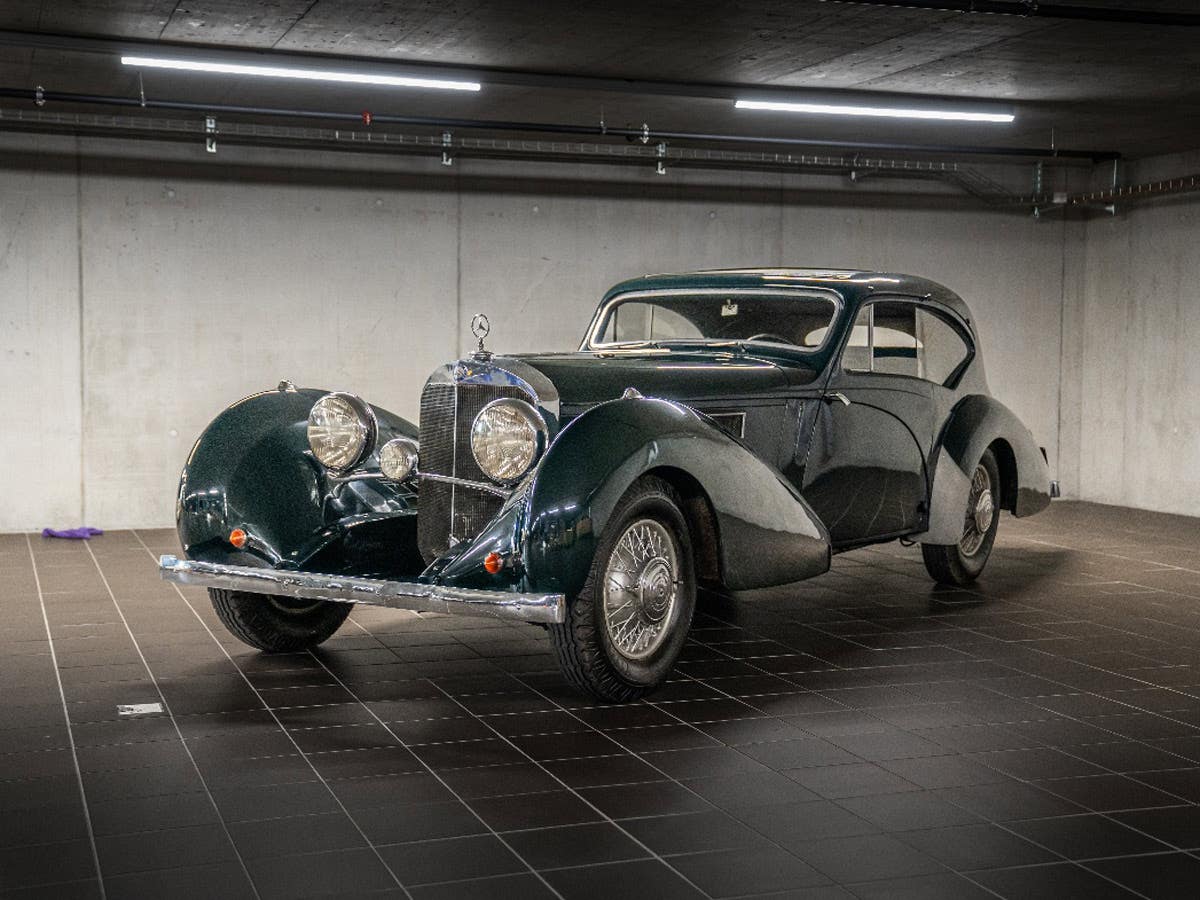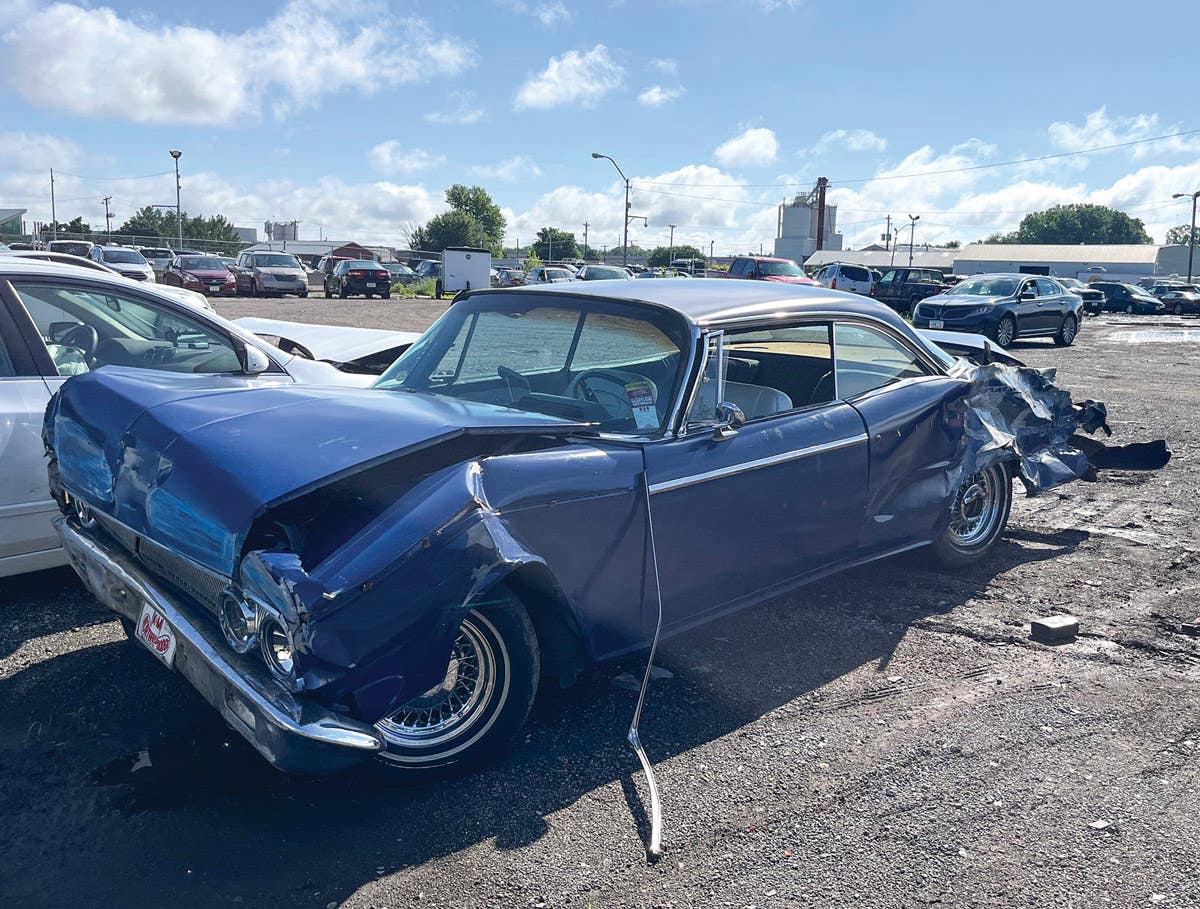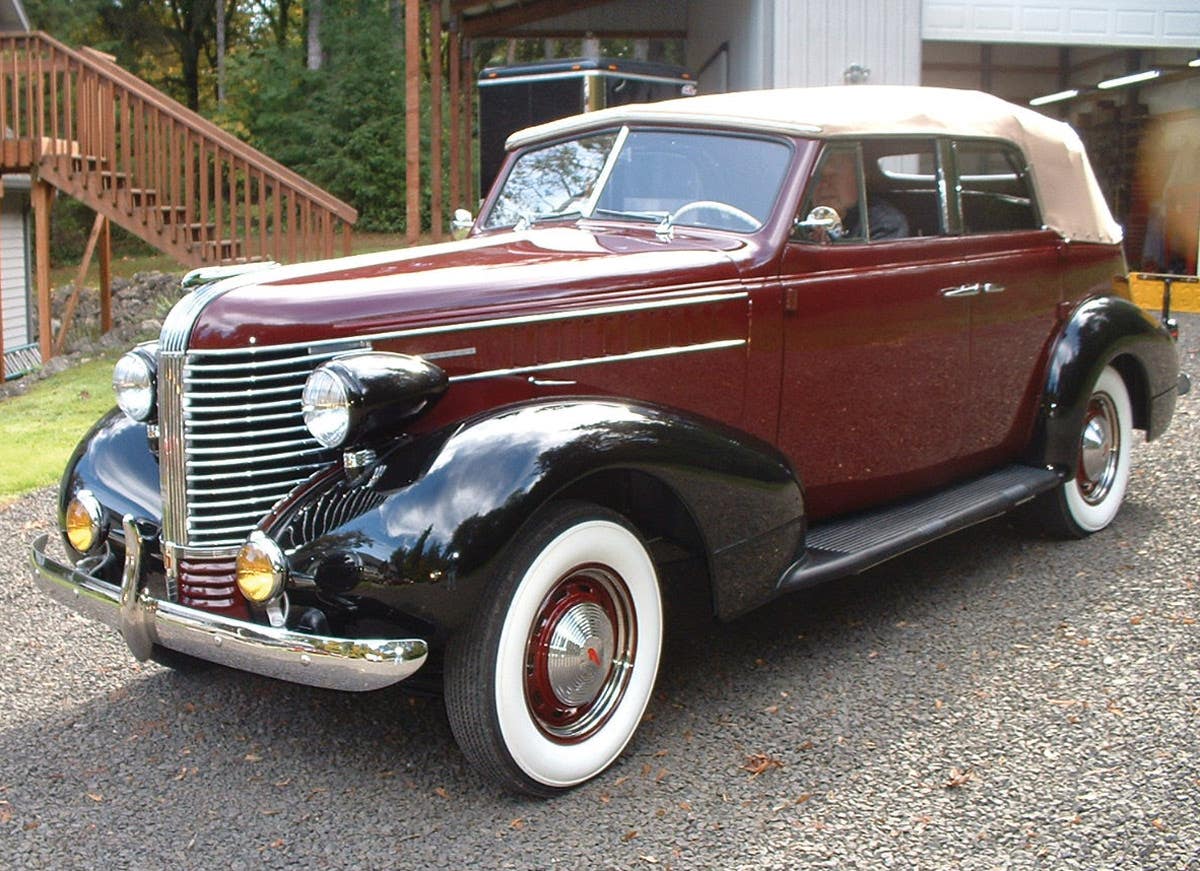What do you do with a barn find?
What do you do with a barn find after it’s been found? That’s the question many restorers ask when they bring a car out of lengthy storage and start working…
What do you do with a barn find after it’s been found? That’s the question many restorers ask when they bring a car out of lengthy storage and start working on it. Do you tear into it and fix everything all at once or do you gently give it just what it needs?
Let’s say you drag the car home, find the engine is free and get it running. Do you just drive it or do you start replacing hoses, rebuilding carburetors, rebuild the starter and generator and assume that the old fuel pump won’t work very well with modern gas? If the old exhaust system is rusty, but intact, do you leave it on the car or pull it off and buy a new one?
We know of a hobbyist who had a beautiful ’39 Buick that he bought in Brooklyn, N.Y. The car had been used gently by two women, then put into storage. Our friend bought it for a rather attractive price and went to pick it up. It wasn’t running, so he put fuel in, installed a battery and gave the car a push with a modern vehicle. The Buick fired up and we don’t think he ever did another thing to it except wash it.
Today there are dozens of books on the market about so-called barn find cars. They tell you how this car or that truck was found languishing in a pig pen or a henhouse. However, there are no books that tell you what to do with a barn find after it’s found. Apparently, you’re not supposed to worry about that if you happen upon your own barn find. We’d like to see the book that follows up the finding of a car; the one that tells you the best way to make a “Survivor” last even longer. I’ll bet the author of such a guide would sell a million copies.







